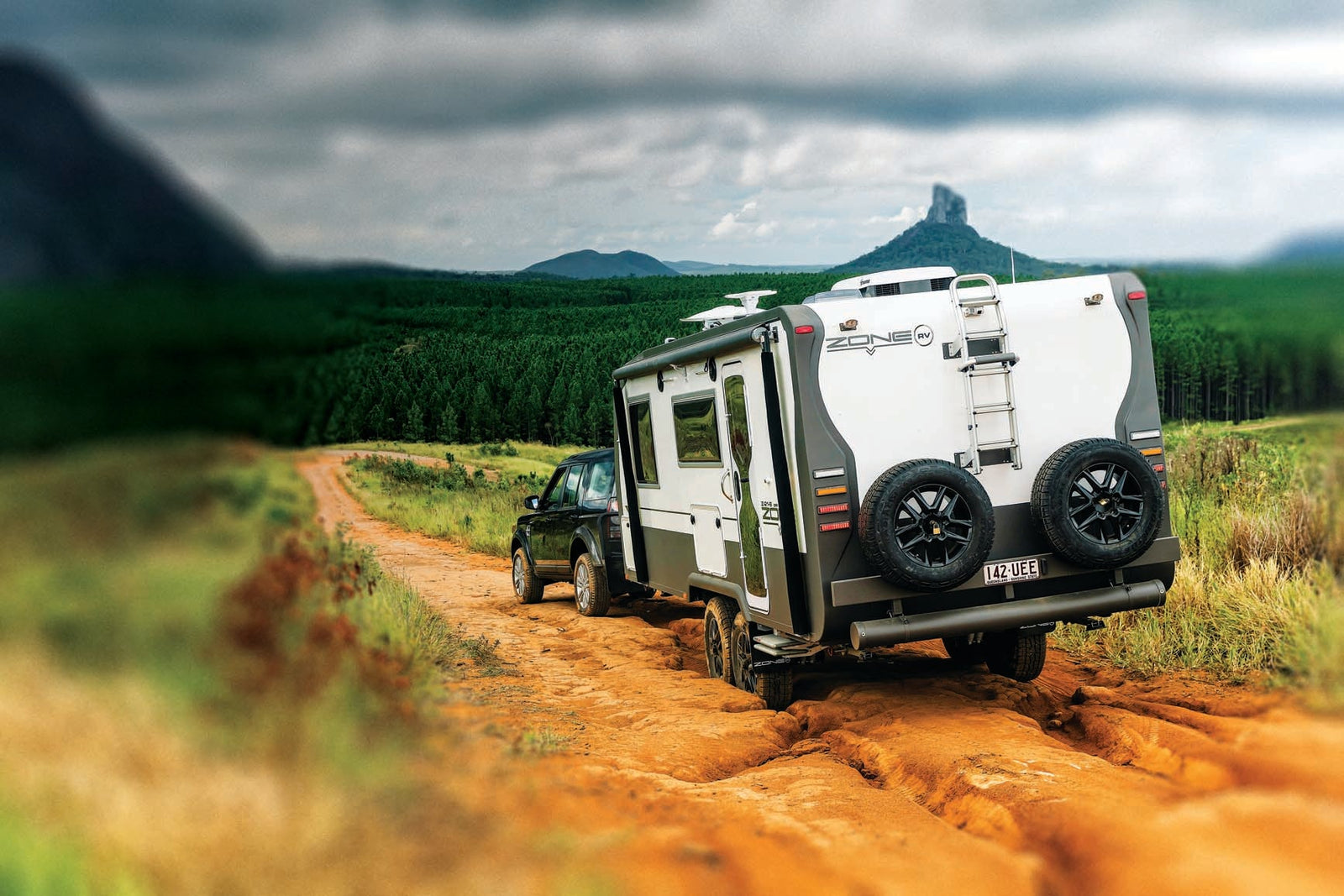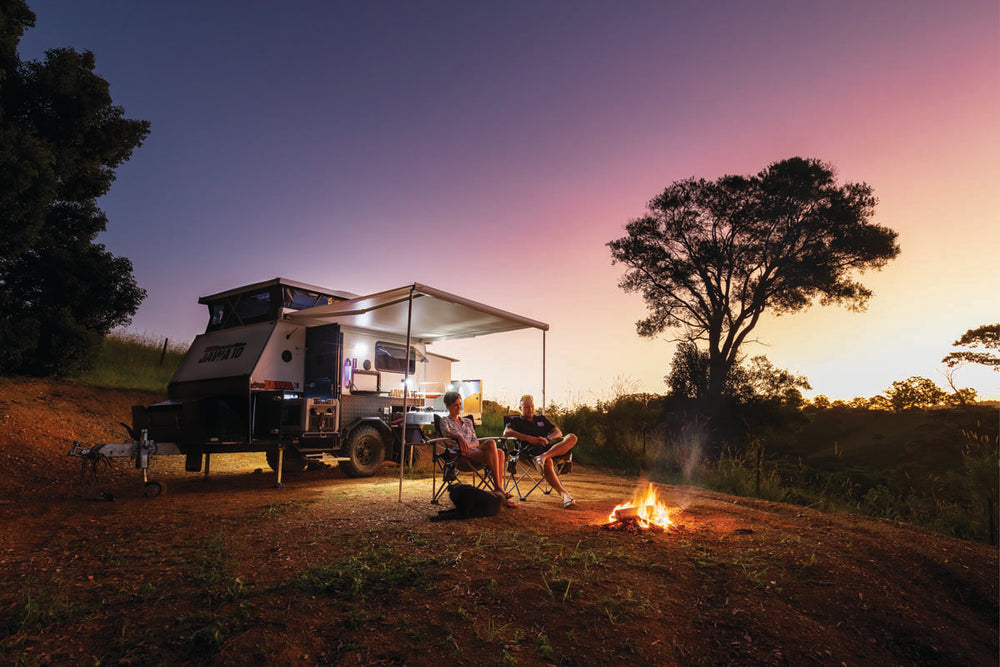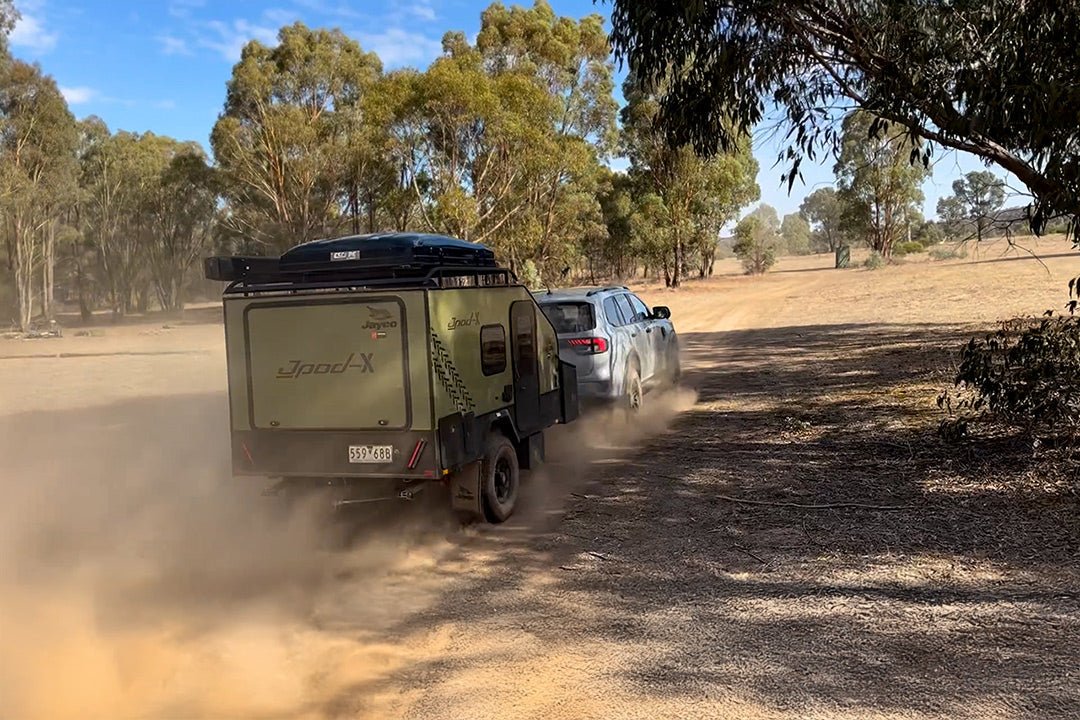Glass House Mountains: Queensland

Those who travel north of Brisbane are likely to be enchanted by the dramatic silhouettes of the Glass House Mountains, which rise unapologetically from the flat plain that stretches inland from the Sunshine Coast. On first impressions their sheer walls, craggy faces and exposed rock seem out of place in the gentle, lush surrounds – but visitors to the area will quickly understand that these peaks have defined the landscape for eons, inspiring stories throughout the generations.
Hard-Core Geology
In fact, the rock that forms the Glass House Mountains has been in situ for around 27-million years, taking shape when the lava contained in a series of volcanoes, cooled and hardened to form comendite, trachyte and rhyolite. Over time, the softer rocks on the outside were eroded into oblivion leaving only the unusual 'volcanic plug' shapes we see today.
The group consists of 13 hills and rocky peaks, the most prominent being the hulking Mount Tibrogargan, the cathedral-like Mount Coonowrin, the sloped Mount Ngungun and the tallest of the lot, Mount Beerwah.
Tears of the Son
The traditional residents of the land surrounding the Glass House Mountains are the Jinibara and Gubbi Gubbi people. In their mythology, the mountains were a family of children fathered by Tibrogargan and mothered by Beerwah. Dad noticed that the ocean was rising and asked his eldest son, Coonowrin, to help his ma to safety. Coonowrin fled in fear and was pursued by Tibrogargan, who struck him hard with a hunting club and dislocated his neck. Motivated by guilt, the prodigal son returned to ask for his family's forgiveness but his old man turned his back on him and remains to be seen gazing out to the sea to this day. Tears of shame, in particular those of the crook-necked son, run from the mountains to form the small streams of the area.
The region holds sacred significance to indigenous people and its abundant bushland has looked after residents for thousands of years. Prior to European settlement, the area hosted large gatherings when food sources were plentiful, with some early missionaries noting a congregation of thousands.
It was James Cook who bestowed the current collective moniker upon the mountains in 1770, at which point he noted: “They are very remarkable on account of their singular form of elevation, which very much resemble glass houses which occasioned my giving them that name”.
Follow Bruce into the Forest
From Brisbane, the Glass House Mountains are an hour's drive, heading north up the Bruce Highway before turning off to the Glass House Mountains Tourist Drive.
The range is contained by the Glass House Mountains National Park, which is more broadly encompassed by the Beerburrum and Beerwah State Forests. There's no camping within the National Park itself, however the Coochin Creek camping area in the Beerwah State Forest is a perfect spot to set up basecamp and explore the surrounds.
Animal, Vegetable or Mineral
When it comes to spotting wildlife in the vicinity of the Glass House Mountains, there are a couple of options. Firstly, you can pop into the nearby Australia Zoo, made famous by celebrity croc-cuddler Steve Irwin, where you're all but guaranteed to lay eyes upon the strangest species each enclosure has to offer. Alternatively, our preferred method is to spend time in the national park and keep our eyes peeled. The area is filled with echidnas, koalas, grey kangaroos and goannas, and if you tilt your head skyward you could spot a peregrine falcon or even a rare, glossy black cockatoo.
The diverse terrain provides a variety of habitats for interesting plant life too. The peaks and rocky areas host around 20 species of plants that are significant for conservation, among which you might spot endangered species such as the Mount Emu she-oak, ravine orchid and reticulated holly.
The volcanic activity that formed the mountains also produced a number of interesting rock formations. The day use area beside Beerwah provides a good vantage point to view the so called 'organ pipes', which are a series of tessellated trachyte columns that rise in rugged relief on the mountain's north-west aspect. These indicate to geologists that the lava which the stone was extruded with incredible speed (in geological terms), before cooling and cracking.
To Summit Up
There's a lot to do across the plains, but the obvious draw-card of the area is its mountains. For those who aren't put off by high places; Ngungun, Tobrogargan and Beerwah are popular destinations for rock climbers of all levels. The mountains were so captivating to the climbers of yesteryear that they hosted the birth of technical climbing in Australia, including recorded ascents dating back to the 1800s.
There are a range of guidebooks available for experienced climbers but if you don't know the ropes it's best to seek out a pro. There are plenty of qualified guide services that are able to lead parties up some of the less demanding climbs, or rig up ropes for some airy abseiling. You can find a climbing or abseiling guide by www.pinnaclesports.com.au.
The summit routes up Beerwah and Tibrogargan are considered grade five scrambles — not quite technical climbs — and as such are not recommended for anyone without a high level of fitness and experience rock scrambling. The grade four summit route up Ngungun is slightly more doable, but still hard going and can be dangerous to those who aren't competent on steep terrain. The Mount Beerburrum summit walk is rated at grade three, which is suitable for most ages and levels of fitness, just as long as you're willing to get your heart rate up.
Lower and Slower
You don't have to reach the top to enjoy the Glass House Mountains, however. There are a number of easy walks that enjoy great views of the National Park from a lower angle. These include the Tibrogargan circuit — a great outing for families — and the Trachyte circuit.
Within the Beerburrum and Beerwah state forests there are two easier lookout tracks that lead up to the popular Glass House Mountains lookout and the Wild Horse Mountain lookout — the latter being the easiest of the bunch — leading up to a large shelter with 360-degree views and plenty of information boards to tell you what you're looking at.
Cyclists can get their tyres dusty along the 12km Ewen Maddock mountain bike trail; an easy ride that meanders its way through melaleuca wetlands, fern-filled gullies and blackbutt forest with views out over the Ewan Maddock dam. Other shared access roads suitable for mountain biking can be found within both the state forest and national park.
If you're after a bit of history, just off Beerburrum's Johnston Road you'll find the site of an Aboriginal Bora Ring. This is a ceremonial spot which played host to a number of customs and ceremonies including a male initiation rite. Originally, it would have consisted of an inner and outer ring with a raised section in the middle. These days you won't see much more than a slight mount that denotes the centre of the site, yet the place still retains an air of significance if you take a moment of quiet to let it sink in.
Tucker Time
Once you've had your fill of mountaineering, it'll be time to refuel with good coffee, a hearty feed and a spectacular view. There are few places that rate so highly in all three criteria as the Lookout Cafe. Located on the same property as the Glass on Glasshouse luxury accommodation, the cafe serves breakfast, lunch and afternoon tea seven days a week. As you munch, you'll be able to gaze out over a mango orchard toward Mount Coonowrin, and if that's not quintessentially Queensland enough for you, you might also spot the kangaroos that often lounge in the shade of the orchard.
The magnificent Glass House Mountains will leave a lasting impression on anyone who passes through. It's important to bear in mind that they still hold immense significance for the Aboriginal community in the area. Visitors are, of course, welcome to enjoy and experience the mountains for themselves with respect to their history. But there's little doubt that the silent splendour of these proud peaks will keep visitors in check with an overwhelming reverence for nature's gifts.
FAST FACTS:
Camping at Coochin Creek
Coochin Creek camping area is situated within the northern part of the Beerwah State Forest, along the banks of the Coochin Creek. Its flat, grassy sites are ideal for caravans, and provide access to communal fire rings and composting toilets. There is water, but it's not suitable for drinking, and the use of generators is not permitted.
The creek itself is a good spot to launch a tinny or wet a line, and if you're patient you may hook a yellowfin bream, dusky flathead or mangrove jack.
It's necessary to book a site before your visit, this can be done online at www.qld.gov.au/camping or by phoning 13 74 68.
Peaks of Interest:
Mount Beerwah 556m
Mount Coonowrin 377m
Mount Tibrogargan 364m
Mount Tunbubudla (The Twins)
312 and 293m
Mount Beerburrum 278m
Mount Ngungun 253m
Mount Coochin 235m
Mount Tibberowuccum 220m
Mount Miketeebumulgrai 199m
Wild Horse Mountain 123m
Mount Elimbah 109m
Mount Cooee 106m.







